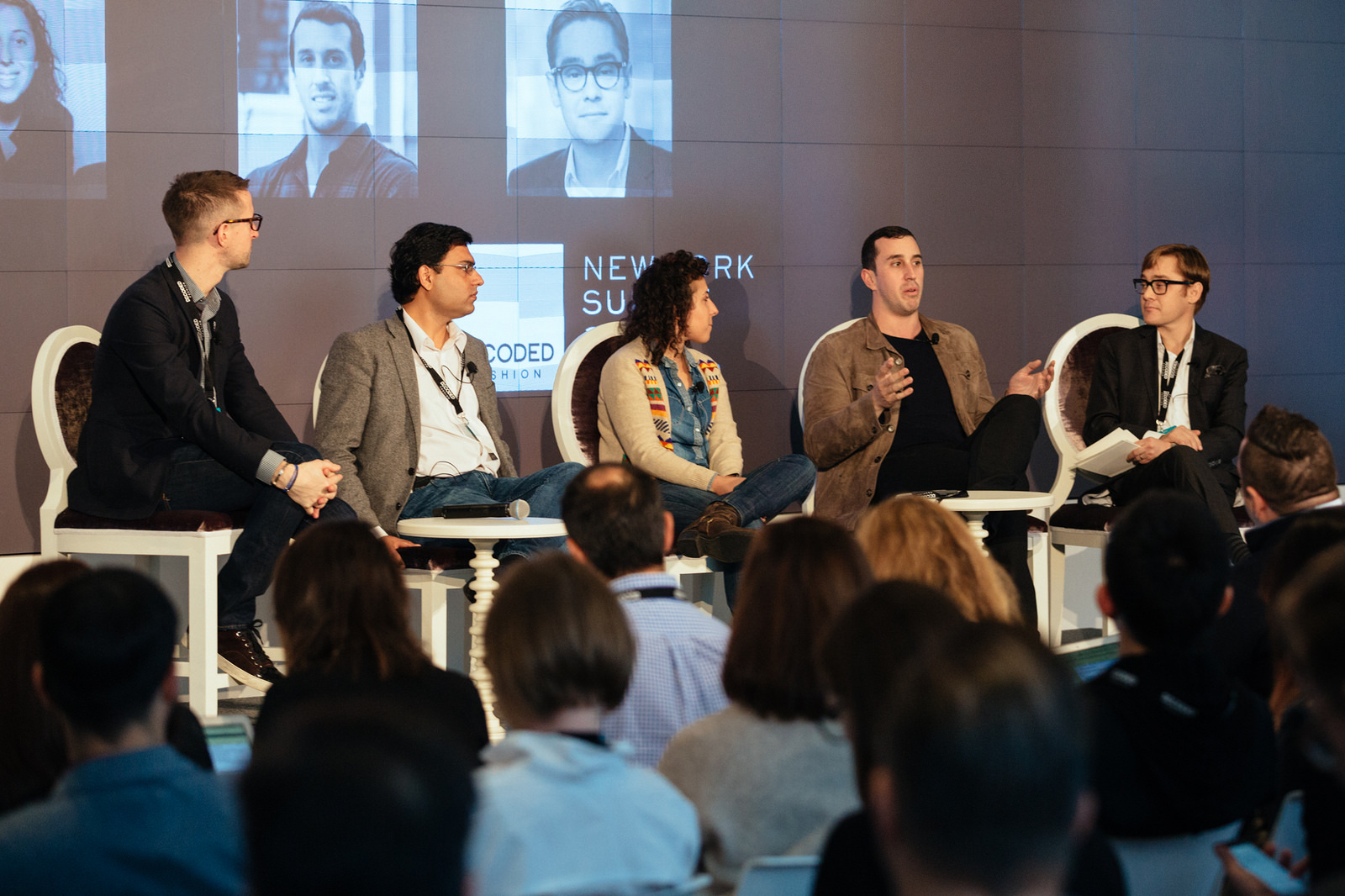Heading into the first day of Decoded Fashion NY the crowd appeared to be in full agreement that the use of data and computer intelligence will help companies grow and better connect with their consumers. Full disclosure, I co-founded a predictive analytics company so I was right on board with the camp saying “the more data the better.”
Founders such as Yael Aflalo from Reformation noted, “I like to design, but I also like to use the numbers.” Numbers help fashion companies like Reformation understand what the consumer is trending toward so that they can quickly align their inventory to customer demand. By closely tracking sales, inventory allocation, and marking spend, brands are getting smarter about having the right inventory, in the right location, at the right time.
Interesting, though, it seems that for the best results the top companies are pairing this understanding of data with the human element of analysis. They’re pairing “computer intelligence” with “human intelligence.” This is because what algorithms and data can give you are formulas that can help you get a lot smarter at understanding set actions. A computer can accurately calculate 10+25=35, but if you ask it to understand why Sally walked by the iBeacon in the jean section it starts to get a bit more complex.
In order to fully understand the data that we’re collecting and the motivation of the user behind those actions, human analysis is required. Yael used the example of how they track consumer demand for particular items to show how they pair human analysis with data at Reformation. She mentioned during her interview, “Know how to read the data so that you don’t look like a formula.” At Reformation, their consumer reacts well to lace dresses, but Yael pointed out that if they always just went towards the data and what performed well then their stores would be full of just lace dresses. While the lace dresses may be the items that they put the inventory dollars toward, Yael talked about how they still need the other items in their stores that create the overall brand lifestyle.
This sentiment was echoed by Alan Tisch of Spring. When discussing how they structure their newsfeed on their multi band mobile shopping app, Tisch pointed out that, “you need to have emotional moments of discovery.” While they know what the consumer has “loved” in the past, they also try to pull other items into the newsfeed that may not align directly with the consumer’s past “loves.” This allows them to add a sense of inspiration and surprise so that the newsfeed doesn’t feel stale with the same repetitive items that always “align” with past actions.
Palantir was one of the first companies to recognize the power of combining human intelligence with computer intelligence. They found that fraud and hackers could be detected earlier on when they utilized computer intelligence to highlight deviant behavior and then used human intelligence to track that information to see if it was in fact a hacker or just an “off” event that triggered the system. With the fashion industry adopting this marriage of data and human analysis, brands will be able to better connect with and understand their consumers without losing their brand voice, lifestyle, or sense of consumer inspiration.
Essentially, if computer intelligence and human intelligence had a baby, it would be wicked smaht. (Full disclosure, I’m also from Boston.)
Image credit: CC by Decoded Fashion




